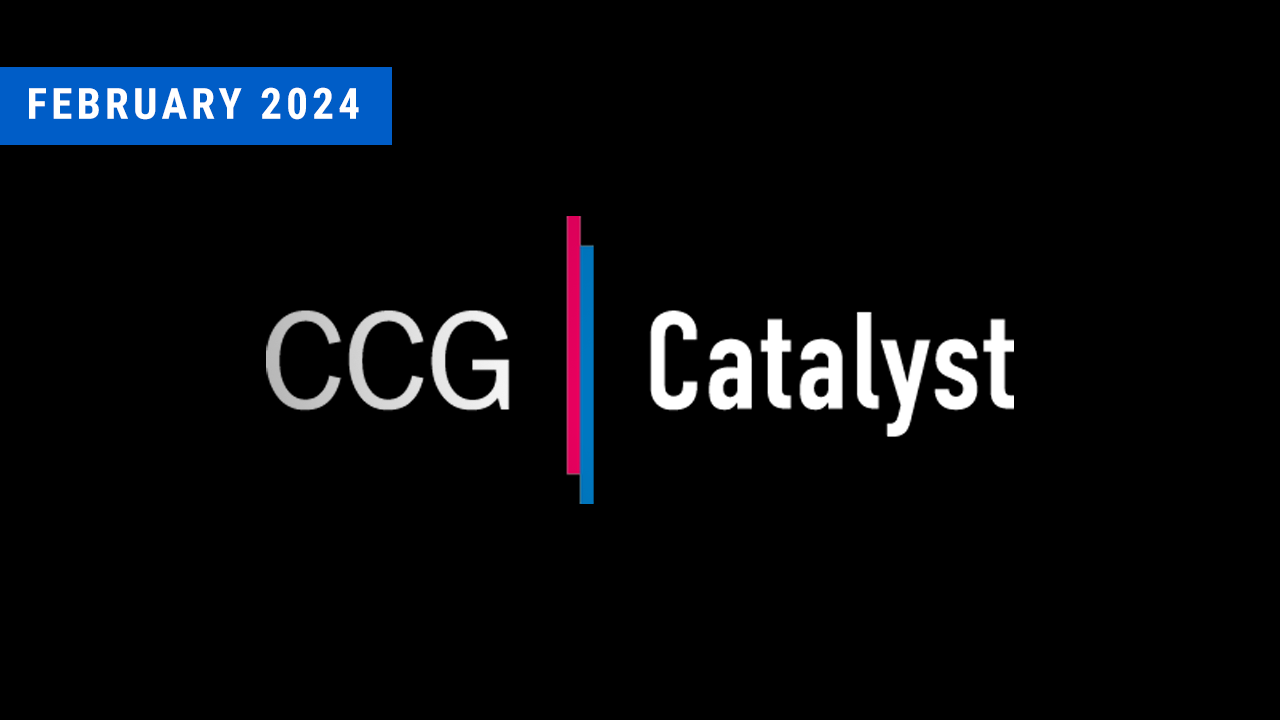Overdraft Innovators Win Over Consumers
January 26, 2022
By: Kate Drew
Overdraft and Innovation
Late last year, we discussed the overdraft debate in the US and the trend toward eliminating fees, pushed forward by fintech competitors and potential regulation. Since then, Capital One announced that it will remove overdraft fees for all consumers, ceding $150 million in annual revenue in the process, and others have made similar moves. The question now is, as more banks wade into this pond, how can they turn this decision into a positive business move for their organizations? The answer, as it so often is, is innovation. Institutions vary widely in how they are going about making overdraft less of a burden on consumers, including introducing alternatives that allow for some flexibility and retained revenue. And these banking providers are being rewarded — according to a recent report by Curinos, banks with overdraft innovations saw an increase in purchase rate of 42% between 2017 and 2020, compared with a 27% drop for those with traditional programs.
This data suggests that there is not only merit but also value in innovating around overdraft. It doesn’t have to be as simple as removing fees or not. There are ways to create programs that work for consumers and the bank. For example, Huntington’s 24-Hour Grace feature allows customers to avoid overdraft fees by making a deposit by midnight the next business day that will bring the account into a positive balance. According to the report, these kinds of innovations are helping banks to make their value propositions more attractive, improving key metrics without doing away with overdraft entirely. Such offerings are also popular with neobanks — Chime, for example, offers an overdraft protection program, called SpotMe, which allows users to overdraw up to $200 on debit purchases without incurring a fee.
It’s one thing to talk about eliminating overdraft. It’s another to actually put it into practice in a way that makes sense. As with almost everything in banking and business, the most successful solutions are usually the most thoughtful. When it comes to an area like overdraft, many banking providers may be reluctant to join the party because of fears over lost revenue. But, as Curinos’ data illustrates, getting creative can actually drive favorable outcomes. Truthfully, while the debate may rage on, now that the horse is out of the stable, it’s probably not coming back. That means, over time, the industry is likely to move further and further away from traditional overdraft fees. So, reluctant institutions might as well embrace it and begin to develop a plan that is strategic. If done right, it could result in a competitive advantage.







